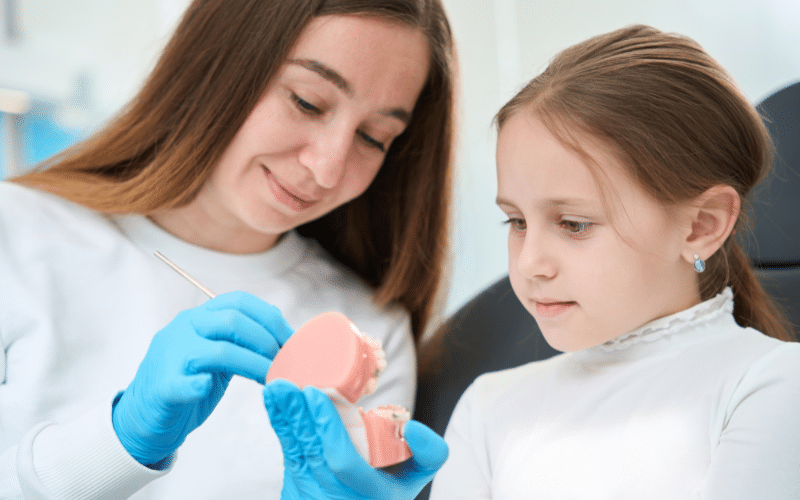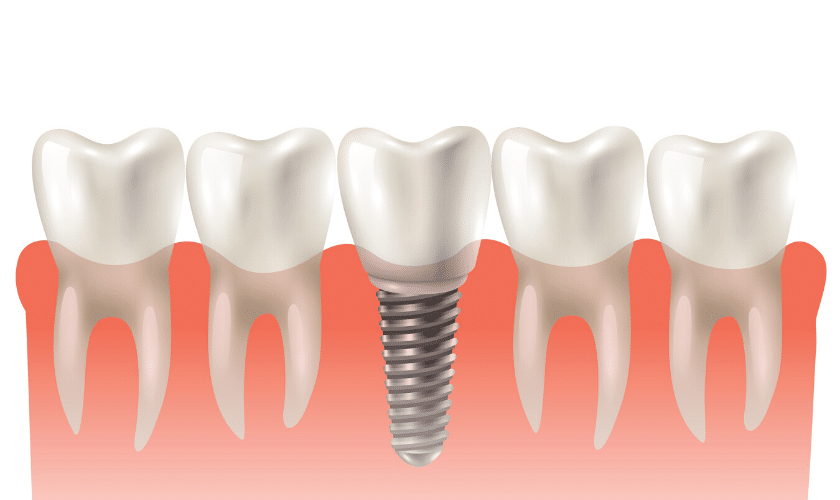ONLINE SCHEDULING AND VIRTUAL CONSULTS AVAILABLE

How does Fluoride Help in Dealing with Tooth Sensitivity?

Why does teeth turn sensitive at all?
Sugary and acidic foods are the prime responsible factors for damaging the tooth’s enamel. The outer covering or layering of our tooth is called the enamel. It is said that enamel is even stronger than bones that are made of calcium! While citrus fruits and other acidic foods attack the tooth’s enamel directly, sugary items like candies, soda, sweetened chewing gums, jams, berries, etc break down into acids inside the mouth. This is because, certain bacteria inside your mouth feasts on the carbohydrate supplies that are obtained from these foods. This turns them into acids which in turn attacks the tooth enamel.
Once the outer protective layer, that is the enamel is under attack and is worn out partly, the tooth becomes highly susceptible to cavities and decay.
So, what is the exact role of fluoride in the entire episode of dental health?
Our saliva contains calcium and phosphate which continuously bathes our teeth and keeps it healthy and protected. When fluoride steps in through various sources like toothpaste and drinking water, it combines with these salivary minerals to form the compound ‘fluoroapetite’. it forms the best defense against the cavity causing bacteria within your mouth!
Reliable Sources of Fluoride for Your Teeth
Fluoride can be obtained from several sources such as:
-
-
- Foods with a fluoride content
- Drinking water supplies (often the local municipality supply) is often fluoride infused and therefore healthy for your teeth
- A tooth containing fluoride, especially one that comes with the ADA (American Dental Association) seal on it.
- Fluoride treatments received in-office.
-
Foods that Contain Fluoride:
-
-
- Tea as well as coffee
- Water and the foods that are prepared in that water
- Foods like potatoes, grapes and shrimps etc.
- fish eaten along with their bones
- infant formula
-
Besides taking this list into your knowledge, you must realize that, we are unable to determine whether our body is getting the adequate amount of fluoride. The easiest remedy to this is getting an ADA approved in-office fluoride treatment, where the right levels of fluoride are determined by your dentist before being applied on your teeth.
How is Fluoride Treatment Administered In-Office?
A professional fluoride treatment may be administered by your dentist in several forms, such as: gels, varnishes, foam or a highly concentrated rinse. To apply the treatment in-office, your dentist uses a tray, mouthwash, swab or a brush. The fluoride concentration in these products are much higher than that available in the OTC (over-the-counter) toothpastes.They take only a few minutes to apply and for the next 30 minutes, you are simply asked to avoid eating or drinking. That is enough for the fluoride to get fully absorbed.
Depending on the status of the oral health however, the frequency of fluoride treatment is determined. It may be recommended every three, six or twelve months. Additionally, cleaning and preventive services may also be suggested by the expert, if you are at a high risk of developing caries!




